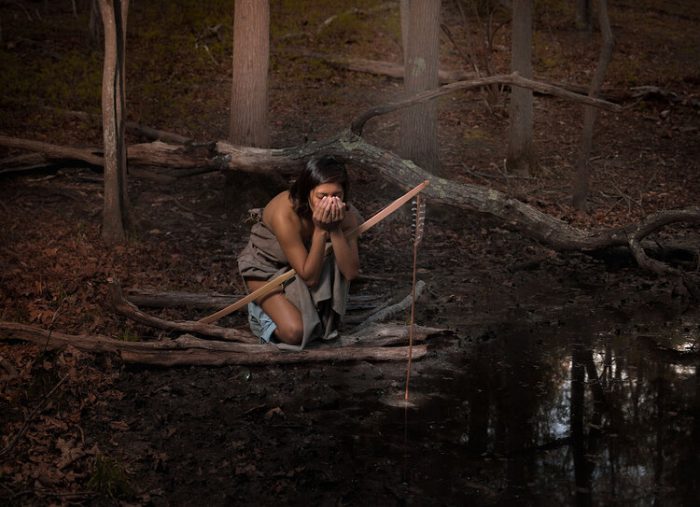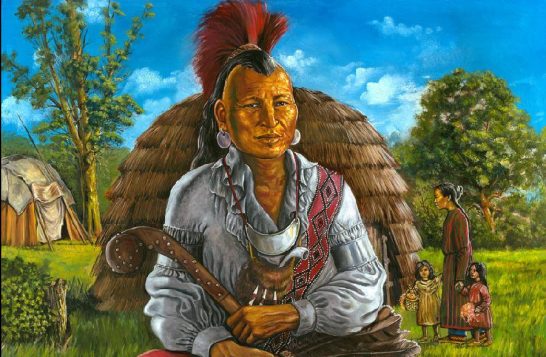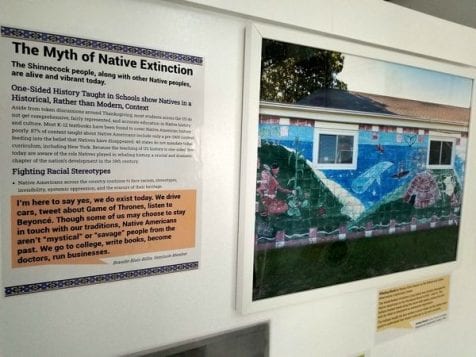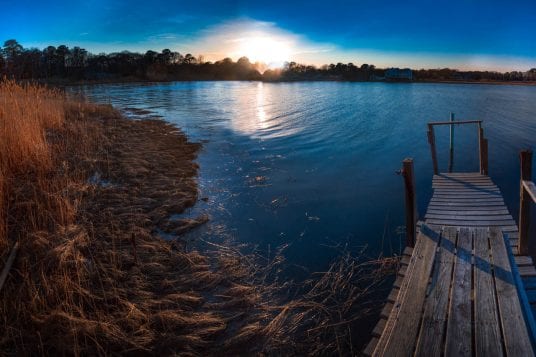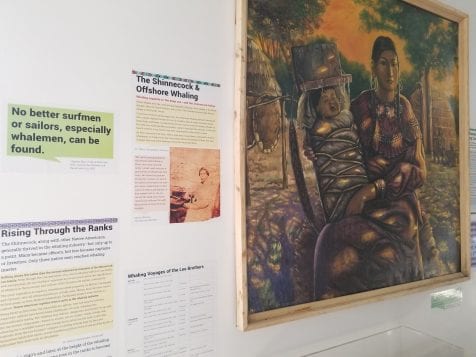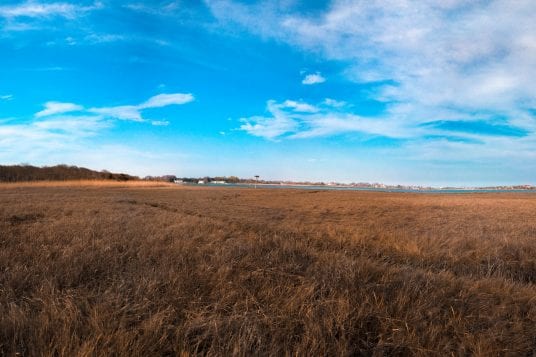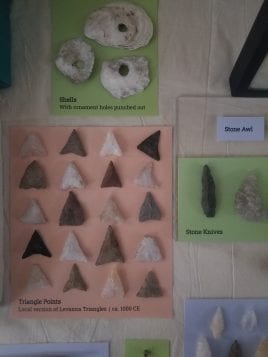Exhibition features recent works by Jeremy Dennis
Following the success of its curated group exhibition, Local Color, Gallery North in Setauket now shifts gears to present the work of contemporary photographer and tribal member of the Shinnecock Indian Nation, Jeremy Dennis, in an exhibit titled Moving Through Land. The show will be on view from Sept. 30 to Nov. 7.
Moving Through Land is Jeremy Dennis’ first solo exhibition at Gallery North and features a selection of photographs that highlight the artist’s use of cinematic imagery and examines indigenous identity within the artist’s community, the Shinnecock Indian Nation in Southampton.
The exhibit will consist of photographs from four of Dennis’ recent series — Rise, On This Site – Indigenous Long Island, Nothing Happened Here, and the Shinnecock Portrait Project. Together, the imagery of these four series explores and unsettles post-colonial narratives at play in film and media, unambiguously targeting damaging stereotypes such as the ‘noble savage.’
“As racial divisions and tensions reach a nationwide fever pitch, it’s more important to me than ever to offer a complex and compelling representation of indigenous people. I like making use of the cinema’s tools, the same ones directors have always turned against us…, to create conversations about uncomfortable aspects of post-colonialism,” said Dennis.
Ned Puchner, Executive Director at Gallery North, is excited to unveil the exhibit to the public. “Moving Through Land features dramatic photographs that are both beautiful and compelling. We are thrilled to present Jeremy Dennis’ photographs to our community as a way to explore common notions of indigenous identity and bring attention to the resilience of the Shinnecock Indian Nation and their ongoing struggles of maintaining autonomy,” he said.
Gallery North, 90 North Country Road, Setauket will host an opening reception for Moving Through Land: Recent Work by Jeremy Dennis on Saturday, Oct. 2, from 5 to 7 pm. The artist will also lead a Photowalk on Monday, Oct. 11 at 3 p.m. that will begin at Gallery North.
This exhibition is generously sponsored by Nancy Goroff, Suffolk County Department of Economic Development and Planning, and Dime Bank.
For more information, call 631-751-2676 or visit www.gallerynorth.org.

